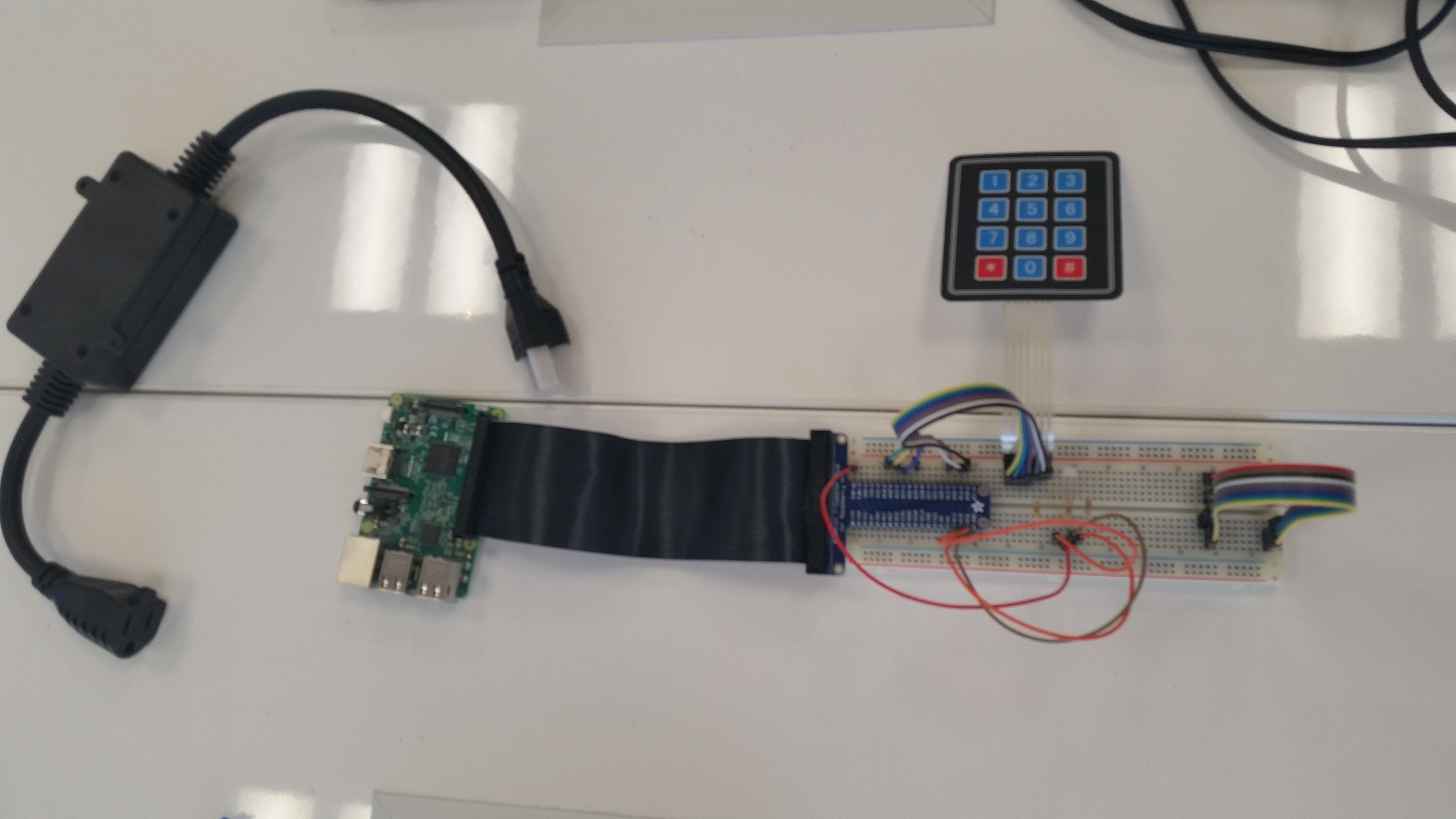Week 11 was a very busy week for the Creative Inquiry team. After all of the 10 weeks of prior work it had finally paid off. The trip began with an exciting car ride in the Blue Gem (2003 Honda Odyssey with a faulty baby blue paint job) which was then followed by a plane flight to Boston.
The first day in Boston was open for the first half of the day and it allowed us to explore the city. It was absolutely amazing to see the sight of the big city (especially coming from Clemson, South Carolina). We had also toured around MIT campus to see the Makerspaces that they offered.
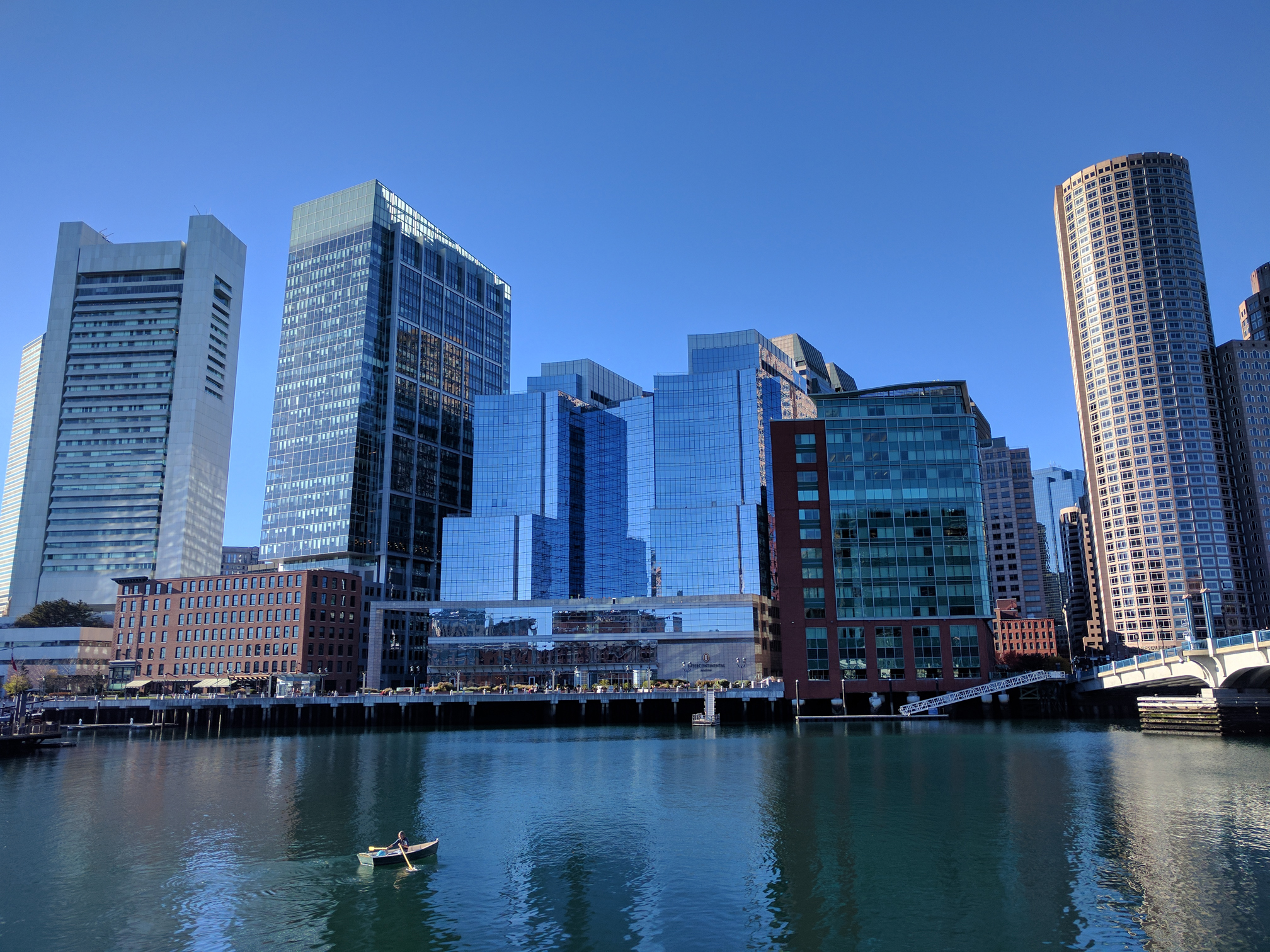



Pictured above is a photograph of Owen from the team. As a young boy he had always dreamed of visiting the big city as he lay in the fields in the rural county of Anderson, SC. He imagined what it would be like to see the concrete jungle of concrete and glass, and on this day his imagination was a reality.
Moving on to that night the team went to the social and mingled with the other schools that came to ISAM. A lot was learned about the other projects and Makerspaces that are going on at Universities across the world.
The following day was the first day of the conference where everybody had their presentations about selected topics for Makerspaces. All of the presentations were very well done and expressed things that are working now and other things that aren’t quite working with different Makerspaces. A lot was learned and will be incorporated into the Clemson University Makerspace. The team also had their first night of the poster presentation which went phenomenally. Many of the other guests were very interested in the prospects of our project and were happy to hear about the Clemson Makerspace.

For the second day (Tuesday) of the conference there were more presentations about some new topics that were just as interesting as the last. During the middle of the day we took the opportunity during lunch time to tour Formlabs. It was a super cool visit to see a company we have been following for some time now. They showed us some of the newer things they have been working on as well as the awesome workspace they have in MA.


After the tour the team had a few more hours before the presentation and Giandre was asked to find some more Makerspaces around campus. He managed to find a few but they were closed. Among all of the spaces that were explored one of them really stood out to Giandre. As he rounded the corner of building E35 he began to experience a weird feeling of stomach discomfort. There was an odd sensation in the air, an almost electric feeling. He knew something wasn’t quite right. He held back all feelings of fear and decided to continue on down the corridor towards the source of the paranormal behavior. When he arrived at the door of E35.112 he was stricken with pure terror as he stared straight into the eyes of a ghost. He managed to photograph the entity before he turned and ran as fast as he could back to the conference room.
He told us the door was locked and that there was no way to get into the room. It wasn’t until he showed us the photographs that we truly understood what he saw that day.
All in all it was a fantastic experience for us to experience ISAM. The team really got a lot of good feedback on the CATS project and potential improvements for the device. We also learned a lot about improvements that can be done for the Clemson Makerspace. We are all very thankful for ISAM as well as Creative Inquiry for helping fund our trip to Boston for this conference.
Hey Fam, For Clemson.







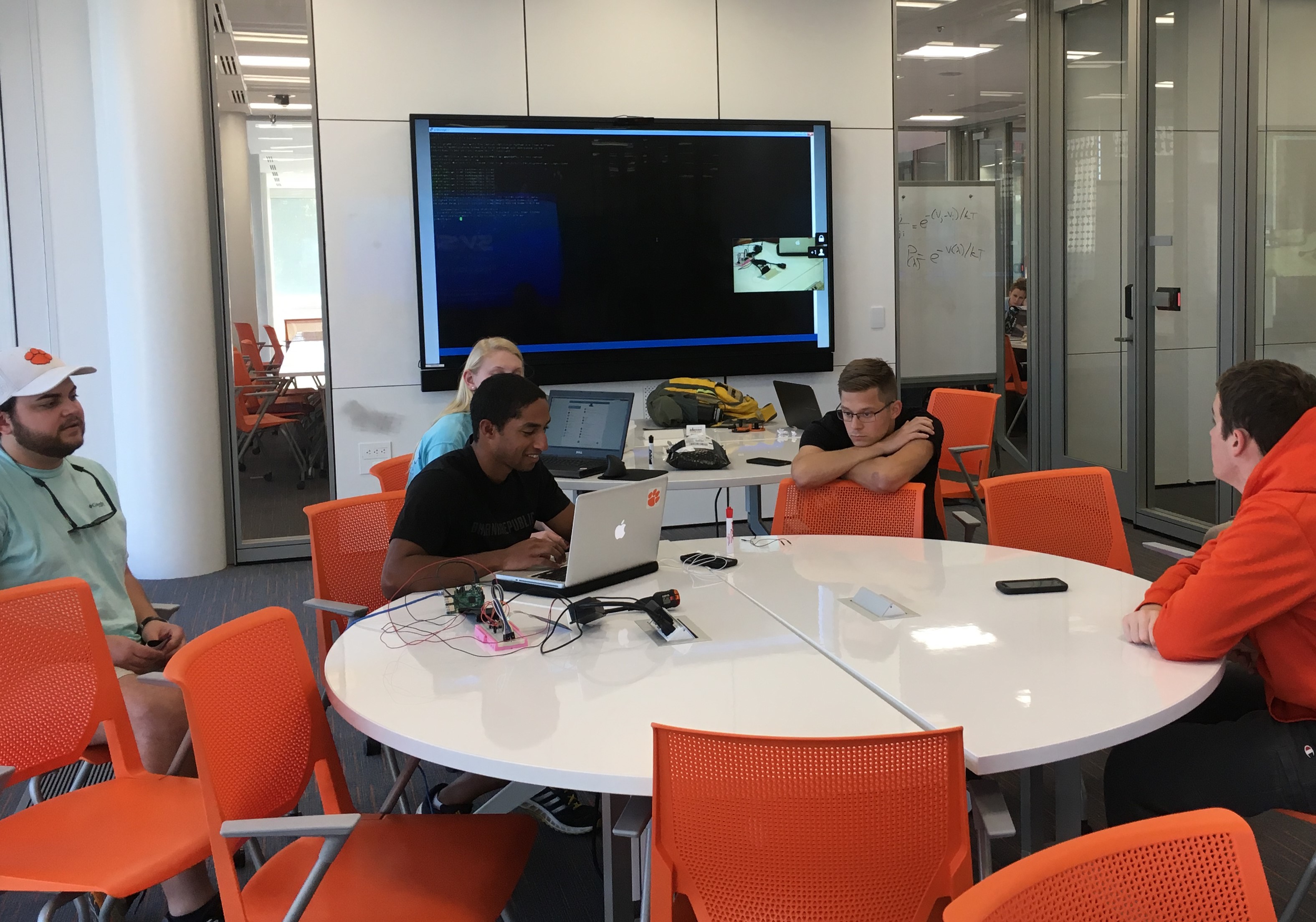
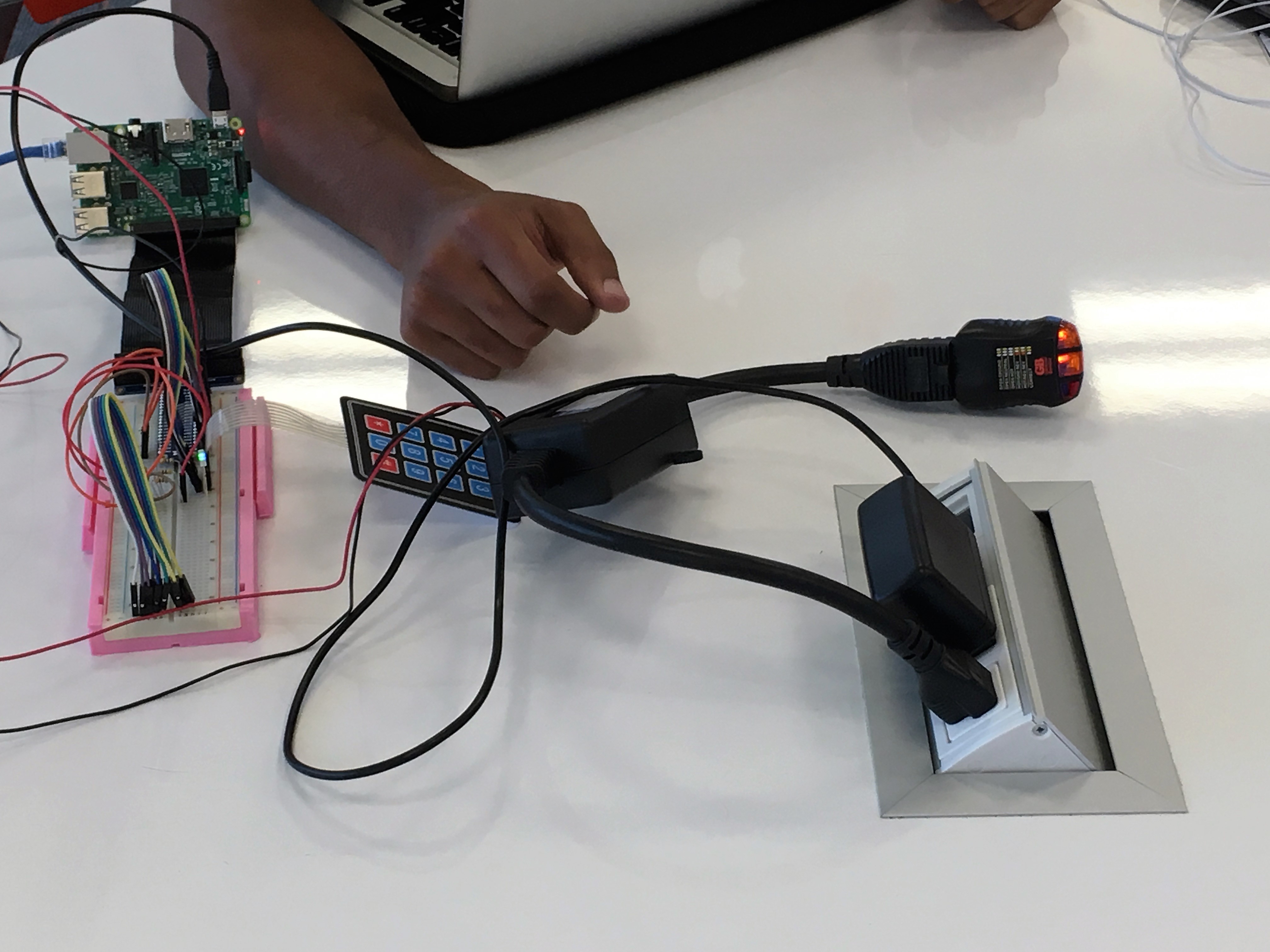
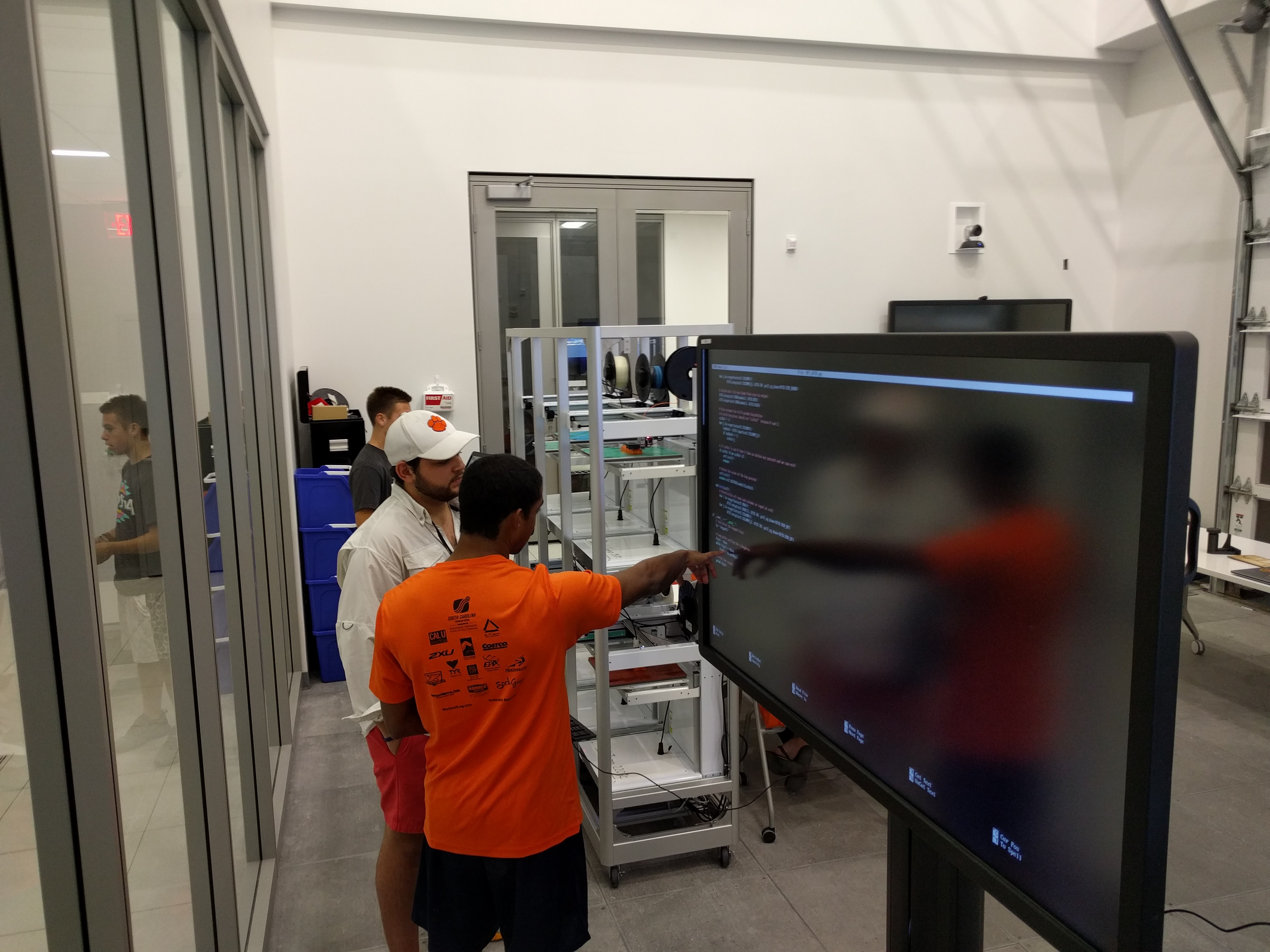

 The hardware team developed the Alpha Electronic Schematic using fritzing.
The hardware team developed the Alpha Electronic Schematic using fritzing.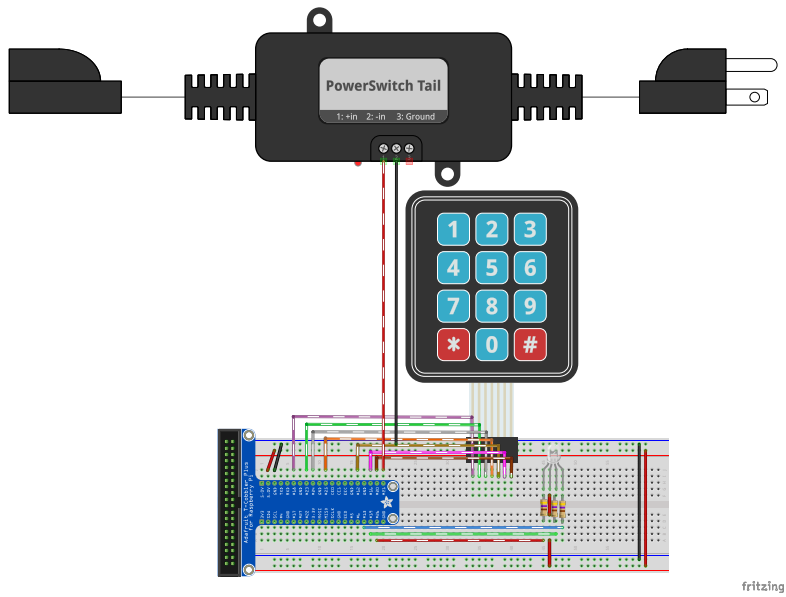
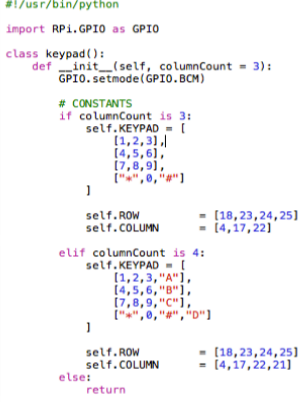
 The hardware team’s parts arrived.
The hardware team’s parts arrived.